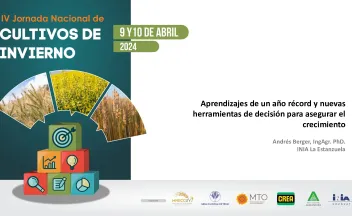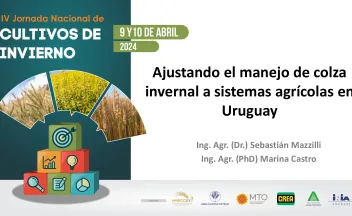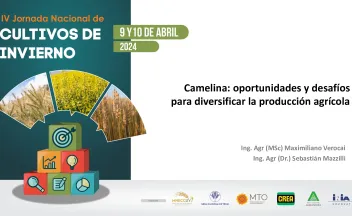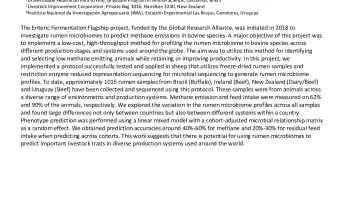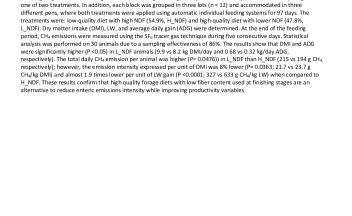Efectos del antecesor invernal y ambiente hídrico sobre el rendimiento de soja de segunda en Uruguay. [presentación oral].
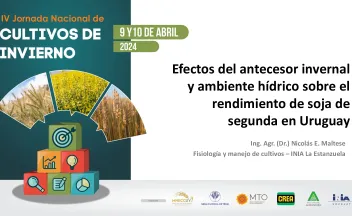
Consecuencias: Productivas, Económicas, Ambientales. -- "Veranización de la agricultura". -- Antecedentes: Escala de secuencias de cultivos. -- Preguntas a responder. -- Utilización de Bases de Datos (BD) regionales [Periodo 2018 - 2022]. -- Rendimiento Soja 2°. --

